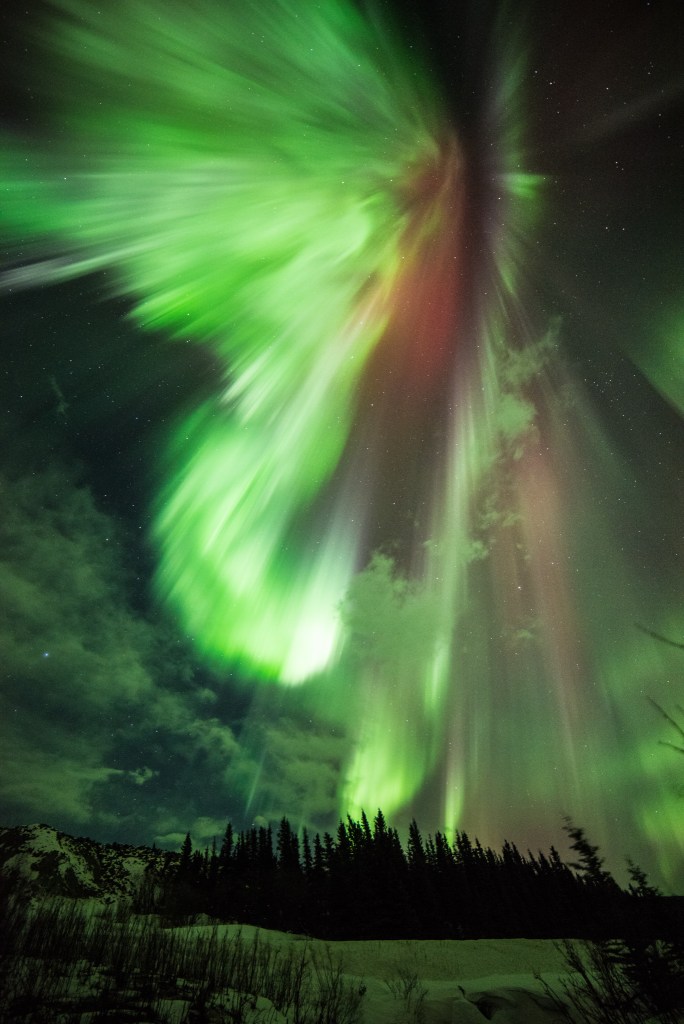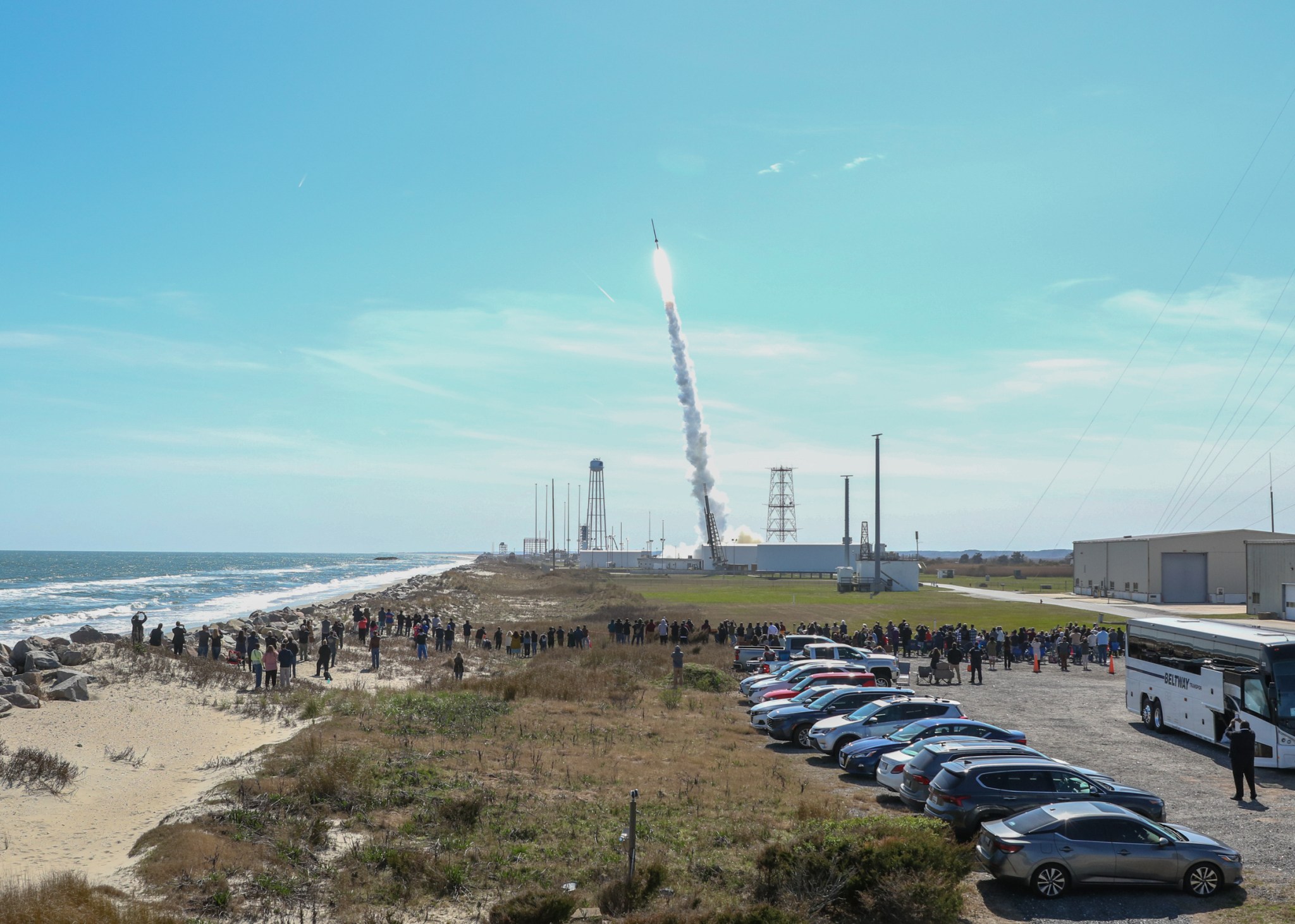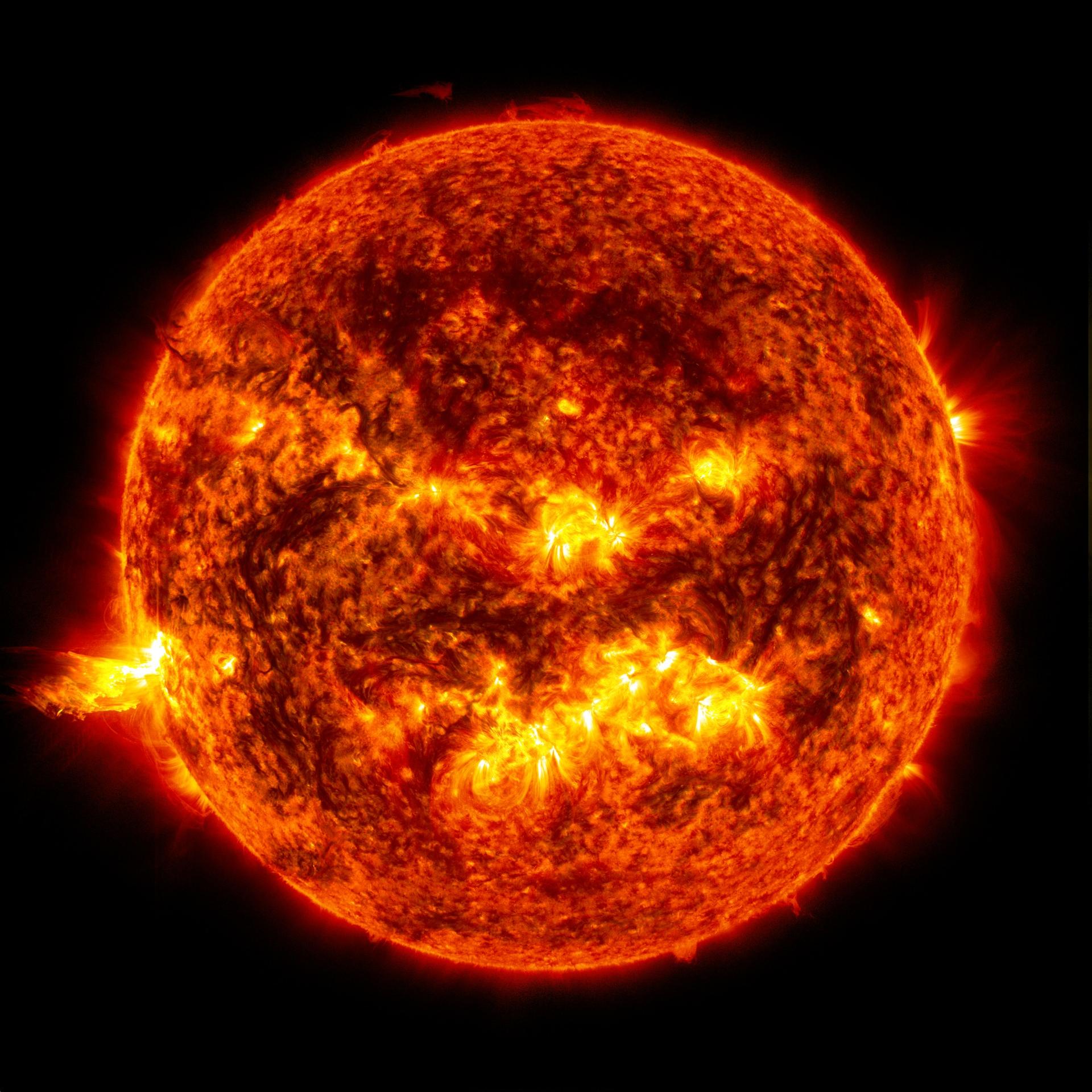Future Missions
Rocket Experiment for Neutral Upwelling (RENU) 3
Rocket Type: Oriole IV sounding rocket
Launch Date: No Earlier than November 13, 2025
Launch Location: Andoya Space Center, Norway
Description: When the solar wind interacts with the Earth’s magnetosphere, both energy and matter can be transferred across the magnetopause boundary. This transfer gives rise to numerous phenomena, including ion outflow and neutral upwelling in the polar cusps. RENU 3 will study the electrodynamic properties of the cusp during a neutral upwelling event.
Principal Investigator: Dr. Lessard, University of New Hampshire
Grand cHallenge MesOsphere Student rocket (GHOST)
Rocket Type: Terrier-Improved Malemute sounding rocket
Launch Date: Night. No Earlier than November 13, 2025
Launch Location: Andoya Space Center, Norway
Description: GHOST is an international student rocket program where student teams design experiments to study the mesosphere and lower thermosphere as part of a large-scale collaboration involving eight nations. Like RockSat-X, it’s a competitive program where students progress through rigorous design reviews and testing phases, with their experiments flying to space altitudes of 150-170km to conduct atmospheric research.
Integral Field far-Ultraviolet Spectroscopic Experiment-2 (INFUSE-2)
Rocket Type: Black Brant IX sounding rocket
Launch Date: Night. TBA
Launch Location: White Sand Missile Range, New Mexico
Description: A second flight of the INFUSE experiment.
Principal Investigator: Dr. Fleming, University of Colorado
Past Missions
Turbulent Oxygen Mixing Experiment Plus (TOMEX+)
Rocket Type: Three sounding rockets- two Terrier-Improved Orion rockets and one Black Brant IX
Launch Date: Rocket #1: 10:43 p.m. ET, rocket #2: 10:44 p.m. ET, rocket #3: 10:48 p.m. ET, Aug. 27, 2025
Launch Location: Wallops Island, Virginia
Description: A mission to understand the role of turbulence and other atmospheric disturbances in the dynamics and mixing of the upper atmosphere, and the characterization of these disturbances in three dimensions. TOMEX+ investigates atmospheric mixing in the mesosphere-lower thermosphere (MLT) using newly-developed ultraviolet lidar technology. Three rockets will be launched for this mission, an instrumented Black Brant IX and two Terrier-Improved Orions deploying vapor tracers.
Principal Investigator: Dr. James Clemmons, University of New Hampshire
Additional Information: Factsheet, blog post, launch livestream video
RockSat-X
Rocket Type: Terrier-Improved Malemute sounding rocket
Launch Date: 6 a.m. ET, Aug. 12, 2025
Launch Location: Wallops Island, Virginia
Description: RockSat-X is a competitive student program where college and university teams design and build experiments that fly on a sounding rocket, reaching space altitudes of 150-170km where they experience microgravity and full space environment exposure. The program involves a rigorous year-long process of design reviews, testing, and integration, culminating in an August rocket launch at Wallops Flight Facility.
Additional Information: RockSat-X website, blog post, launch livestream video
Solar eruptioN Integral Field Spectrograph (SNIFS)
Rocket Type: Black Brant IX sounding rocket
Launch Date: 3 p.m. ET, July 18, 2025
Launch Location: White Sands Missile Range, New Mexico
Description: SNIFS is designed to study the high frequency dynamics associated with small nanoflares, spicules, and Rapid Blue-shifted Excursions (RBEs), as well as, large solar flare energy releases in the lower solar atmosphere.
Principal Investigator: Dr. Phillip Chamberlin, University of Colorado.
Additional Information: Factsheet, NASA article
RockOn
Rocket Type: Terrier-Improved Orion sounding rocket
Launch Date: 5:30 a.m. ET, June 26, 2025
Launch Location: Wallops Island, Virginia
Description: The 17th annual sounding rocket mission dedicated to carrying student designed experiments into suborbital space. Twenty five college teams participated in the RockOn workshop to build experiments onsite prior to the launch, and 7 colleges and universities and 1 educational organization provided experiments as part of the RockSat-C program.
Additional Information: RockOn website, blog post, factsheet, launch video
Sporadic-E Electro Dynamics (SEED)
Rocket Type: Two Terrier-Improved Malemute sounding rockets
Launch Date: Rocket #1: 4:27 a.m. ET June 20, 2025. Rocket #2: 5:11 a.m. ET, June 28, 2025
Launch Location: Kwajalein Atoll, Marshall Islands
Description: The SEED missions aimed to collect the first simultaneous multipoint spatial and temporal observations of low-latitude Sporadic-E layers and their associated electrodynamics and neutral dynamics.
Principal Investigator: Dr. Aroh Barjatya, Embry Riddle University.
Additional Information: Article, factsheet
Auroral Waves Excited by Substorm Onset Magnetic Events (AWESOME)
Rocket Type: Two Terrier-Improved Malemute sounding rockets, one Black Brant XII sounding rocket
Launch Date: Rocket #1: 7:52 a.m. ET, March 25, 2025. Rocket #2 (Black Brant XII): 8:30 a.m. ET, March 25, 2025. Rocket #3: 5:30 a.m. ET, March 29, 2025
Launch Location: Poker Flat Research Range, Alaska
Description: 3-payload campaign that will study the density, wind, and composition perturbations that occur in Earth’s high latitude thermosphere in response to impulsive local forcing during auroral substorms. AWESOME is motivated by the premise that generation of acoustic-gravity waves play a far greater role in substorm response than is generally recognized or implemented in current models.
Principal Investigator: Dr. Mark Conde, University of Alaska Fairbanks
Additional Information: Factsheet, article
Ground Imaging to Investigation of Auroral Fast Features (GIRAFF)
Rocket Type: Two Terrier-Black Brant IX sounding rockets
Launch Date: Rocket #1: 3:07 a.m. ET, February 2, 2025. Rocket #2: 4:35 a.m. ET, February 9, 2025
Launch Location: Poker Flat Research Range, Alaska
Description: A mission to study the processes responsible for creating the fastest optical variations observable within the aurora. Two identical rockets were launched into a pulsating aurora.
Principal Investigator: Dr. Robert Michell, NASA’s Goddard Space Flight Center
Additional Information: Factsheet, NASA article
Black and Diffuse Aurora Science Surveyor (BaDASS)
Rocket Type: Black Brant IX sounding rocket
Launch Date: Original window Jan 21- Feb 10, 2025. Science conditions not observed, rocket remained grounded through end of launch window. The team is reviewing future launch opportunities.
Launch Location: Poker Flat Research Range, Alaska
Description: This mission was designed to explore the processes responsible for creating the optical variations observable within the diffuse aurora and will specifically target the black aurora (BA).
Principal Investigator: Dr. Marilia Samara, NASA Goddard Space Flight Center
Additional Information: Factsheet, NASA article
Beam-Spacecraft Plasma Interaction and Charging Experiment (B-SPICE)
Rocket Type: Black Brant IX sounding rocket
Launch Date: 6: 58 a.m. ET, November 23, 2024
Launch Location: White Sands Missile Range, New Mexico
Description: A tethered rocket experiment, dedicated to investigate the mitigation of spacecraft charging induced by an electron beam using a plasma contactor. Successful completion of this experiment will raise the technological readiness level (TRL) of the described spacecraft-charging mitigation scheme for application to active experiments in the low-density magnetosphere.
Principal Investigator: Dr. Brian Gilchrist, University of Michigan
Additional Information: Factsheet
Latest Content
Stay up-to-date with the latest content from NASA as we explore the universe and discover more about our home planet.

The TOMEX+ sounding rocket mission is targeting Tuesday, Aug. 26, for the next launch attempt. The window will open 10:30 p.m.-3:30 a.m. EDT. Follow live updates on Wallops Facebook and X, with a livestream starting later in the count. Those in the mid-Atlantic region may catch a glimpse of…
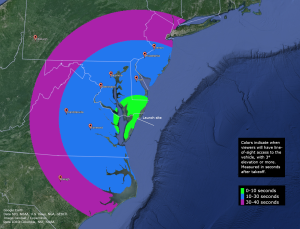
The TOMEX+ sounding rocket mission is targeting Monday, Aug. 25, for the first launch attempt. The window will open 10 p.m.-3 a.m. EDT. Follow live updates on Wallops Facebook and X, with a livestream beginning five minutes before launch. Those in the mid-Atlantic region…
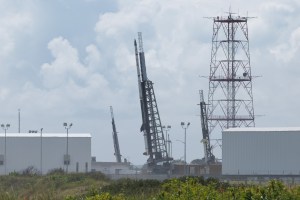
The TOMEX+ sounding rocket mission is now targeting no earlier than Sunday, Aug. 24, for the first launch attempt due to high sea states in the recovery area from Hurricane Erin.
The Sounding Rockets Program Office supports the NASA Science Mission Directorate’s strategic vision and goals for Earth Science, Heliophysics and Astrophysics.



















